What is opBNB?
opBNB relies on OP Stack’s core technology, which improves node performance and makes it EVM compatible. The goal is to attract more users to the Binance ecosystem by improving the overall experience and performance of the BNB Smart Chain.
The opBNB network serves as the Layer 2 scaling solution for the BNB Smart Chain, powered by the base version of Optimism OP Stack. It works by offloading transaction processing and resource usage from the BNB Smart Chain, while maintaining data integrity on the underlying mainnet. Users can interact seamlessly with the opBNB network by depositing funds from BSC and using various applications and contracts offered by opBNB.
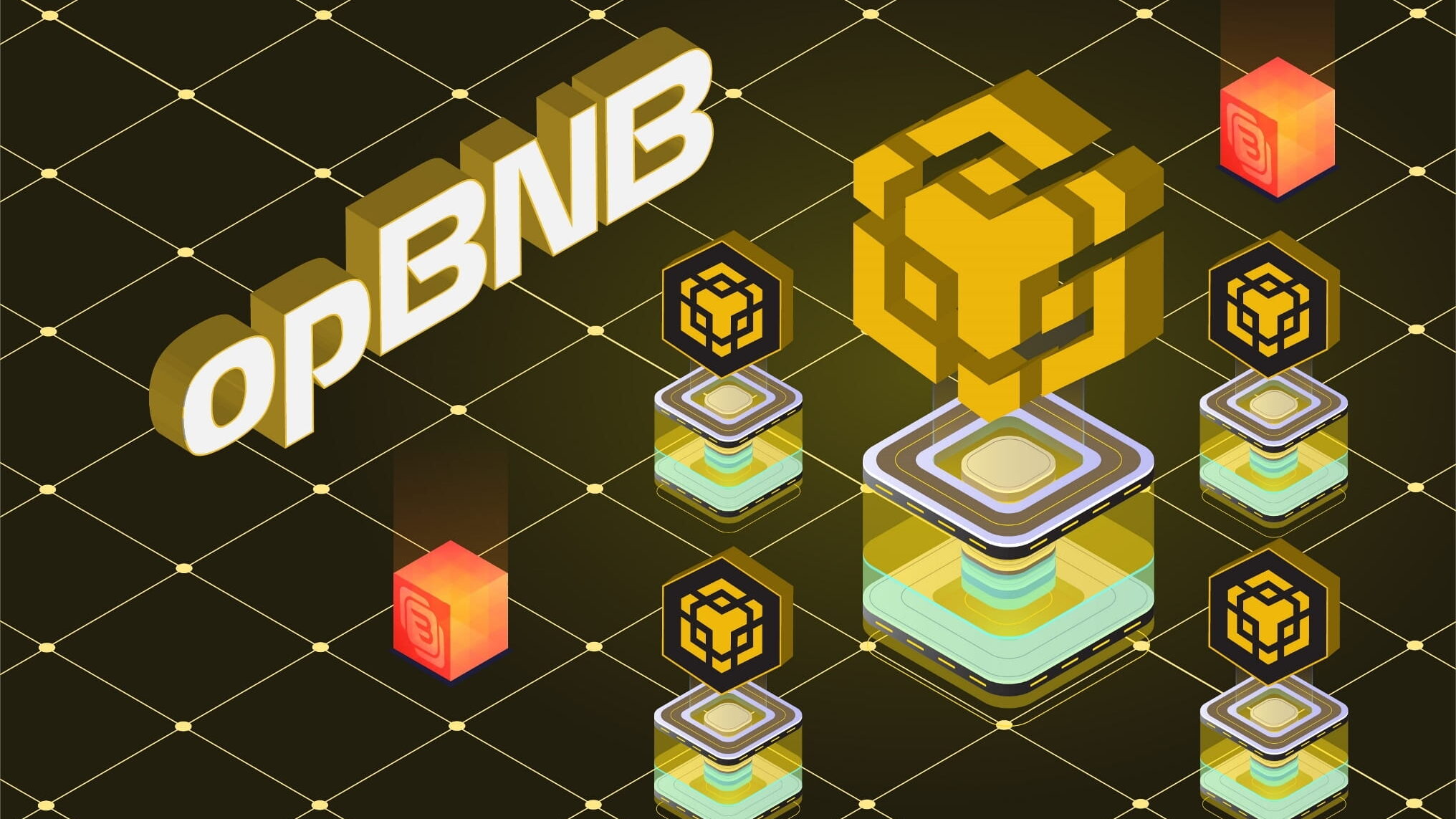
By harnessing the power of Layer 2 technology, opBNB breaks free from the limitations of the BNB Smart Chain and provides an enhanced experience for users. The implementation of this Layer 2 scaling solution marks a significant milestone for the Binance ecosystem and the broader blockchain community.
The opBNB mainnet was officially launched on August 16, 2023 and initially opened its doors to infrastructure providers. As of September 13, 2023, the network is now accessible to the general public. This move has created a lot of excitement within the crypto community, as opBNB’s Layer 2 solution promises to reshape the landscape of the Binance Smart Chain, making it even more attractive to users and developers alike.
How does opBNB work?
OpBNB, unlike other platforms, extends its capabilities beyond the realm of optimistic rollups. As of the last update, the system does not implement a foolproof mechanism for validating the correctness of challenges through a contract. This article aims to provide an overview of the current architectural features of opBNB.
One of the most notable features of opBNB lies in its inherent modularity. As a modular network, each component within the opBNB ecosystem works independently, yet they sync seamlessly to form a dynamic and cohesive system. An important architectural distinction is the separation between the Data Availability (DA) layer and the execution layer. This separation allows users to choose from different DA options and switch between DA schedules based on their specific needs and circumstances.
Here’s a more detailed overview of how opBNB works:
However, in cases where disputes arise over the validity of a transaction, a probationary period comes into the picture. During this dispute period, either party can object to the authenticity of the transaction. If the challenge is successful, the transaction is rolled back and the Optimistic Rollups contract status is immediately restored, ensuring the integrity and reliability of the system.
Structure
Sequencer
At the core of opBNB’s structure is the Sequencer, a crucial component in charge of calculating and transforming the status of transactions. The role of the Sequencer is multi-faceted; it takes the various transactions within the network and converts them into a coherent format. This converted transaction data is then sent to the Roll-Up Contract, a crucial element responsible for processing and confirming transactions at Layer 2.
Prover (node)
The Prover, often called a node, plays a central role in opBNB’s infrastructure by constructing the evidence needed to verify the validity of state transitions in transactions. This component works with a unique focus on ensuring the accuracy and reliability of every transaction that crosses the opBNB network. Essentially, the Prover acts as a guardian of transaction integrity and actively works to prevent third-party intrusion and fraudulent activity.
Verifier (challenger)
Completing the trio is the Verifier, often called the Challenger, who takes on the crucial role of examining the evidence presented by the Prover. The Verifier’s primary responsibility is to independently assess the validity of transactions within the opBNB network. By rigorously examining the evidence provided by the Prover, the Verifier ensures that transactions meet the network’s established validity standards and are free from fraudulent or unauthorized changes.
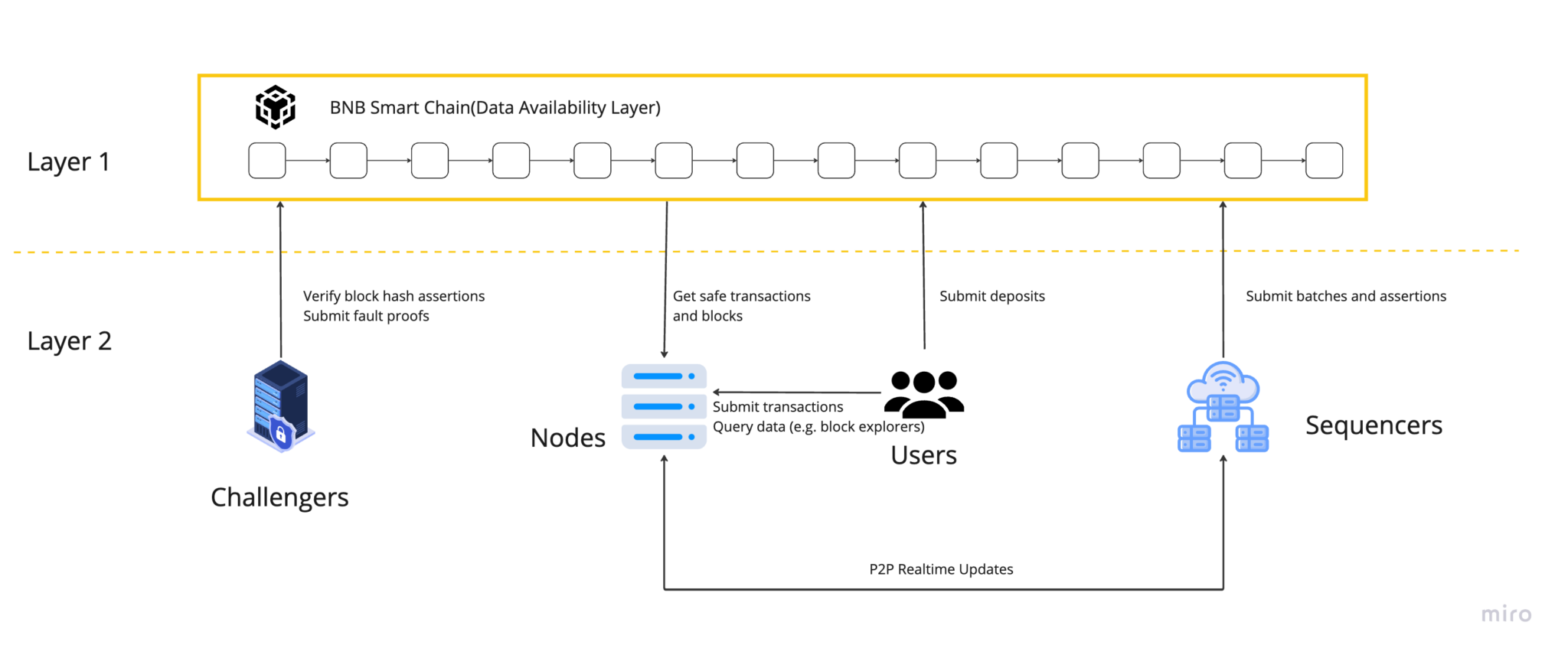
Highlights
- High interoperability: Using the OP Stack, opBNB can communicate with other Layer 2 integrated OP Stack.
- Fast transactions: The project team claims that opBNB is built to be able to increase the network’s transaction speed up to 4,500 TPS (Arbitrum is 4,000 TPS). These statements are not real; they are just the words of the team.
- EVM Compatible: Because opBNB Layer 2 is EVM compatible, developers can easily create dApps in the opBNB ecosystem.
- Low transaction fees: Although Ethereum is a high transaction fee network ($10/transaction), most Layer 2 networks have transaction fees of around 0.2 to 0.3 USD. BNB Chain, a low transaction fee network (less than $1/transaction), is where BNB was built. As a result, opBNB charges customers minimal transaction fees: an average of USD 0.005 per transaction.
- opBNB is a product of Binance; therefore, the network is highly compatible with BNB Greenfield, BNB Chain, BNB Beacon Chain and zkBNB. This helps expand the Binance ecosystem.
- Security: To provide secure state transitions and transactions, opBNB uses sequencers, provers, and verifiers. The settlement chain, which benefits from BNB Smart Chain’s consensus and data availability solutions, secures the rollup and provides reliable security.
- Flexibility: The OP Stack foundation provides a modular and interoperable execution architecture, allowing opBNB to interact with the blockchain network in a variety of ways while remaining independent of any particular customer implementation. This increases the decentralization and flexibility of the platform.
- Interoperability: Because opBNB is built on the OP Stack, it can communicate with other Layer 2 security platforms such as Optimism, which supports EVM and Solidity. This promotes an open and collaborative environment that promotes network effects and innovation.
Products
opBNB bridge
Users can transfer assets from the BNB Chain testnet to opBNB and vice versa via the opBNB Bridge, a bridge on the opBNB ecosystem. Nevertheless, in addition to the opBNB Bridge (which supports the BNB Chain Testnet and Combo Network), the ecosystem also features Polyhedra Network’s zkBridge.
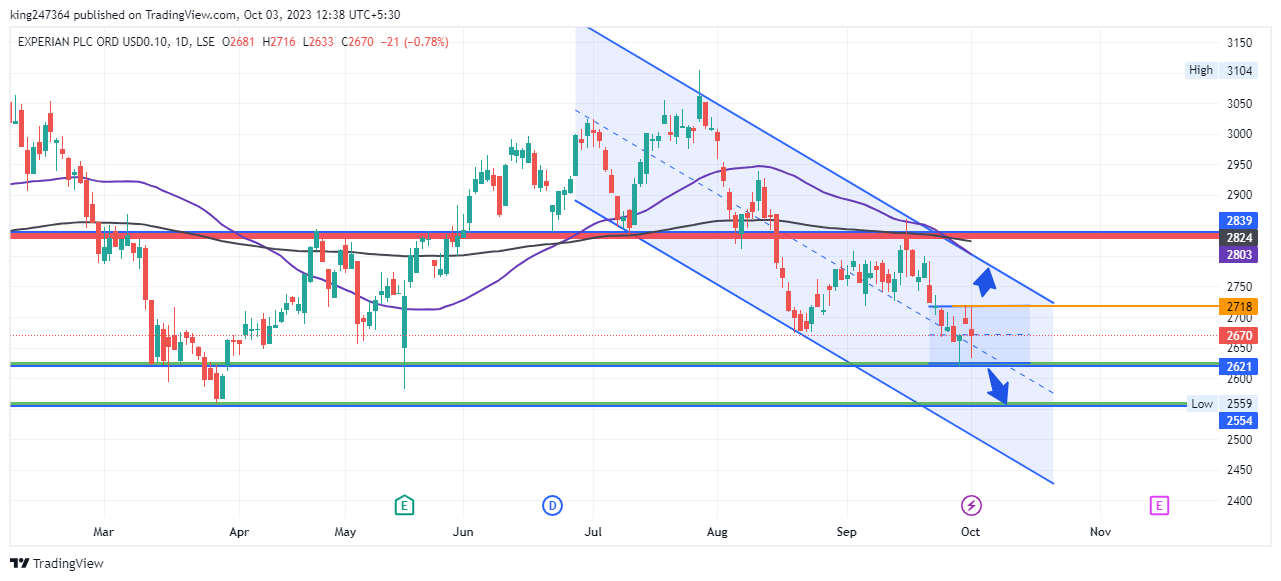
onBNBScan
Users can inspect on-chain data on the opBNB network using the opBNBScan browser, which includes the block number, transaction history and Txn hash. At the time of writing, 450,000 individual wallet addresses were used in 150,000 daily transactions.
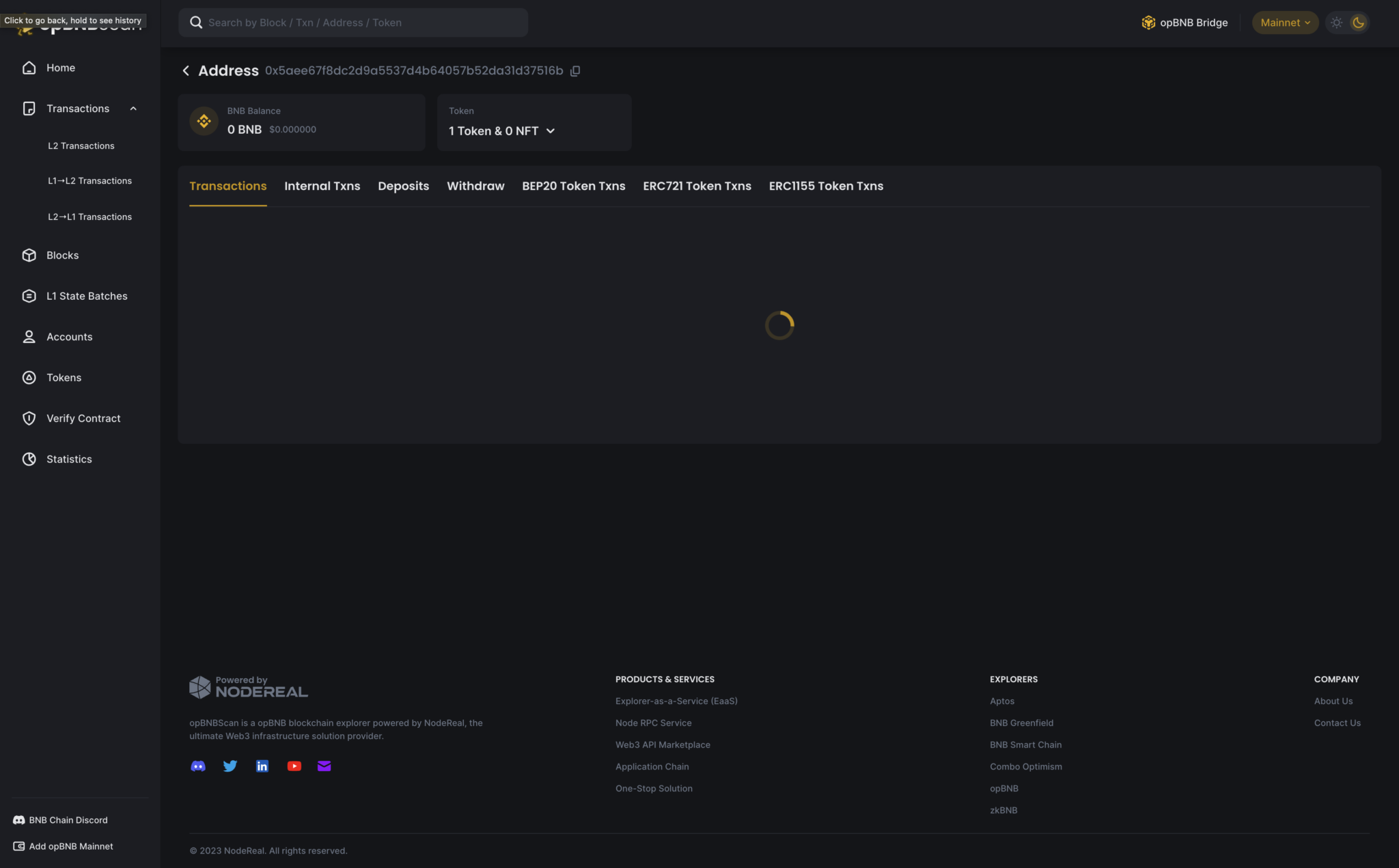
Roadmap
The following is the opBNB roadmap:
Q2, 2023
- Launch testnet
- Integrates with dApps
- Marketing and outreach campaigns.
Q3, 2023
- Start main network
- Increased dApps and user adoption
- Expand to other blockchains.
Q4 2023 and futures
- Keep developing and improving
- Expand into new markets
- General user acceptance.
The opBNB staff is committed to offering best-in-class Layer 2 solutions that can meet the demands of dApps and users. This commitment is reflected in the roadmap, which also defines the team’s objectives for the future of opBNB.
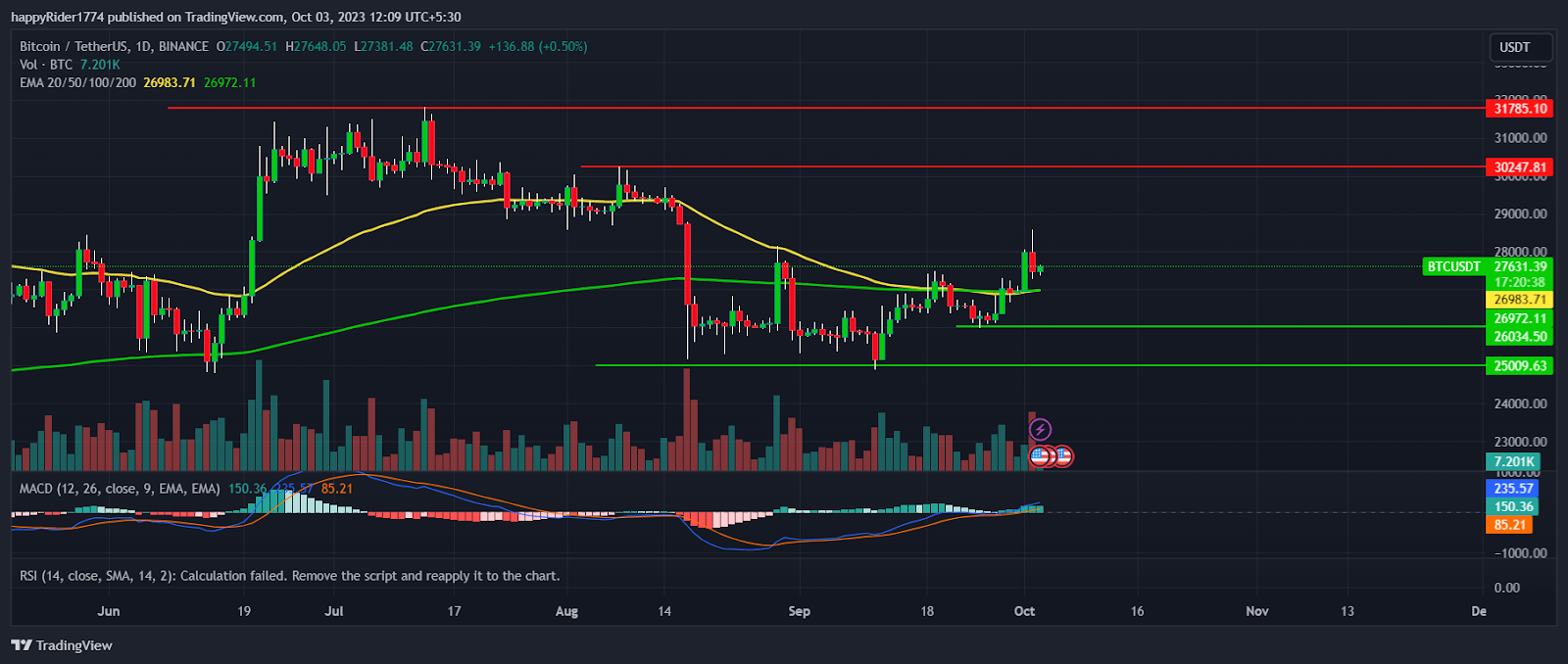
opBNB’s roadmap includes the following specific milestones:
- Testnet Launch: The opBNB testnet is expected to be live in the second quarter of 2023. This allows testers and users to evaluate the opBNB platform and provide feedback to the team.
Integrate with well-known dApps: On the BNB Smart Chain, the opBNB team is working on integration with well-known dApps. Users will therefore find it easier to use these dApps, and they will have access to opBNB’s cheaper fees and faster transaction times. - Marketing and Outreach Initiatives: To increase awareness of the project and attract new users, the opBNB team plans to launch a number of marketing and outreach initiatives.
- Launch of the opBNB Mainnet: The opBNB Mainnet is expected to go live in the third quarter of 2023. This will serve as the formal debut of the opBNB platform and open it up to a wider audience.
- Increasing dApp and user adoption: The opBNB team is optimistic about the platform’s ability to attract more dApps and users. The scalability and effectiveness of the BNB Smart Chain ecosystem will benefit from this.
- Other blockchain expansion: The opBNB team has plans to make the platform available on more blockchains. This allows users to enjoy the benefits of opBNB on a wider variety of networks.
- The strategy for opBNB is challenging yet feasible. The team is confident that they can make opBNB a success as they have a good track record of achieving their goals.
Team
Because opBNB is a Binance product, the project team consists of Binance employees. The platform is constantly being developed by the opBNB team and new features are being added. This shows their commitment and confidence in the future of the project.
Conclusion
Because it is built on the security of BNB Smart Chain, opBNB is a secure solution. There is no chance of fraud or double spending because the main chain verifies every transaction that Optimistic Rollups sends. The probation period also provides a means to resolve disagreements about the legality of a transaction.
For the BNB Smart Chain, opBNB is a viable layer 2 solution in general. For dApps that need to grow and cut costs, it offers fast throughput, reasonable rates, and EVM compatibility.
There aren’t many dApps using opBNB now because it hasn’t gained widespread recognition yet. But the team aims to drive usage and improve opBNB’s appeal to consumers and developers.
INDEMNIFICATION: The information on this website is provided as general market commentary and does not constitute investment advice. We encourage you to do your own research before investing.

